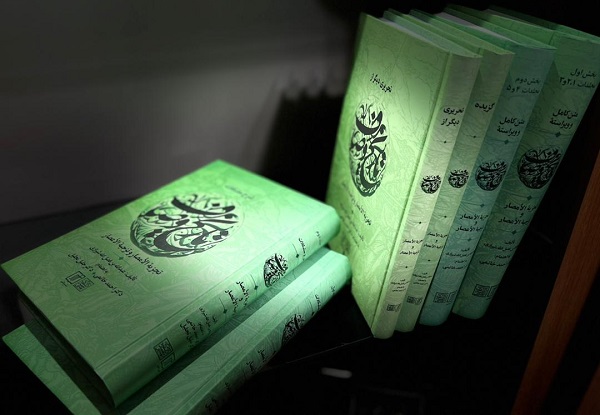
“Tārīkḣ-i Waṣṣāf Research Series” edited by Dr. Ahmad Khatami, a professor of SBU, has been published recently in six volumes and four titles by SBU Press and Nashre Elm.
The series comprises the full edited text of Tārīkḣ-i Waṣṣāf (in two volumes), discussion of the problems of Tārīkḣ-i Waṣṣāf (in two volumes), a selection from Tārīkḣ-i Waṣṣāf, and a rewriting of Tārīkḣ-i Waṣṣāf.
Tajziyat al-amṣār wa-tazjiyat al-a'ṣār, also known as Tārīkḣ-i Waṣṣāf, is one of the most reliable and complex historical texts of the seventh and eighth centuries A. H. It was written by Abdallah ibn Faḍlallah Shīrāzī, known as Waṣṣāf al-Ḥaḍrat Shīrāzī (663-728 A.H.), an Iranian scholar, author, historian, and poet. In addition to historical events, Waṣṣāf dealt with other religious, philosophical, theological, astronomical, literary, scientific and ethical topics. He decorated all his writings with Arabic verses, poems and stanzas, and took advantage of a technical and artificial prose. Because of this, Waṣṣāf’s scientific, religious and especially historical content is shrouded in ambiguity and the reader may be trapped in complex Arabic and Persian words and expressions to reach the essence of the book. One of the ways of paving the way for understanding Tārīkḣ-i Waṣṣāf is undoubtedly editing the book, which has a great effect on the smooth reading of the mysterious text of the book. Another way is helping to solve the difficulties of the book, including the use of Arabic expressions, strange and obsolete words and combinations, and the description of characters and places occasionally mentioned by the author.
To solve some of the complexities, “Tārīkḣ-i Waṣṣāf Research Series” provides an edition of the full text of Tārīkḣ-i Waṣṣāf in two independent volumes based on the Bombay lithograph, and correction with several manuscripts. Two independent volumes also attempt to unravel the complexities of the text as much as possible by offering the translation of all Arabic expressions, including Quranic verses, hadiths, poems, stanzas, proverbs, etc., a dictionary of words, terms, people and places, indexes of Quranic verses, hadiths, Arabic and Persian poems and stanzas, and the relevant sources. The Arabic expressions are translated by Dr. Jalil Tajlil.
Another way to understand the content of Tārīkḣ-i Waṣṣāf is to rewrite it in today's prose and convey the important contents in a modern way, so that those interested can easily get to know what Waṣṣāf mentioned in his history. Thus, a volume in this series provides a rewriting of Tārīkḣ-i Waṣṣāf in this way.
The other volume of this series provides a selection of Tārīkḣ-i Waṣṣāf targeted at PhD students of Persian language and literature and Iranian history. In this volume, necessary explanations are provided in the footnotes to help the reader better understand the concepts and meanings.

